Text byMark Benjamin
Marc Jacobs’Fall Winter 2024 collection—an exclusive off-schedule show held at the New York Public Library Midtown location on July 1st—continues his limitless exploration of design language. As we look towards the future, the show arrives at a pivotal moment where past, present, and pretense in fashion converge. The library, a storied New York and American cultural institution itself, was deeplyembattled by budget cuts. Luckily, it survived the cuts, and continues to serve as a beacon of inspiration and beloved show space for Jacobs.
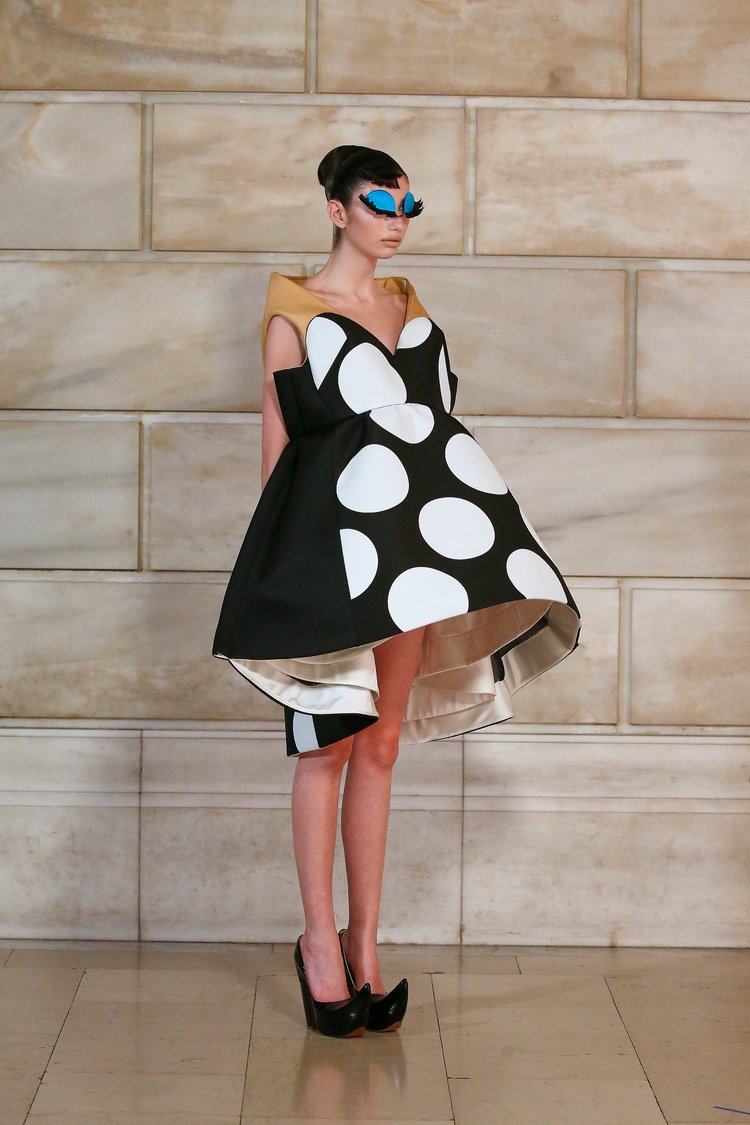
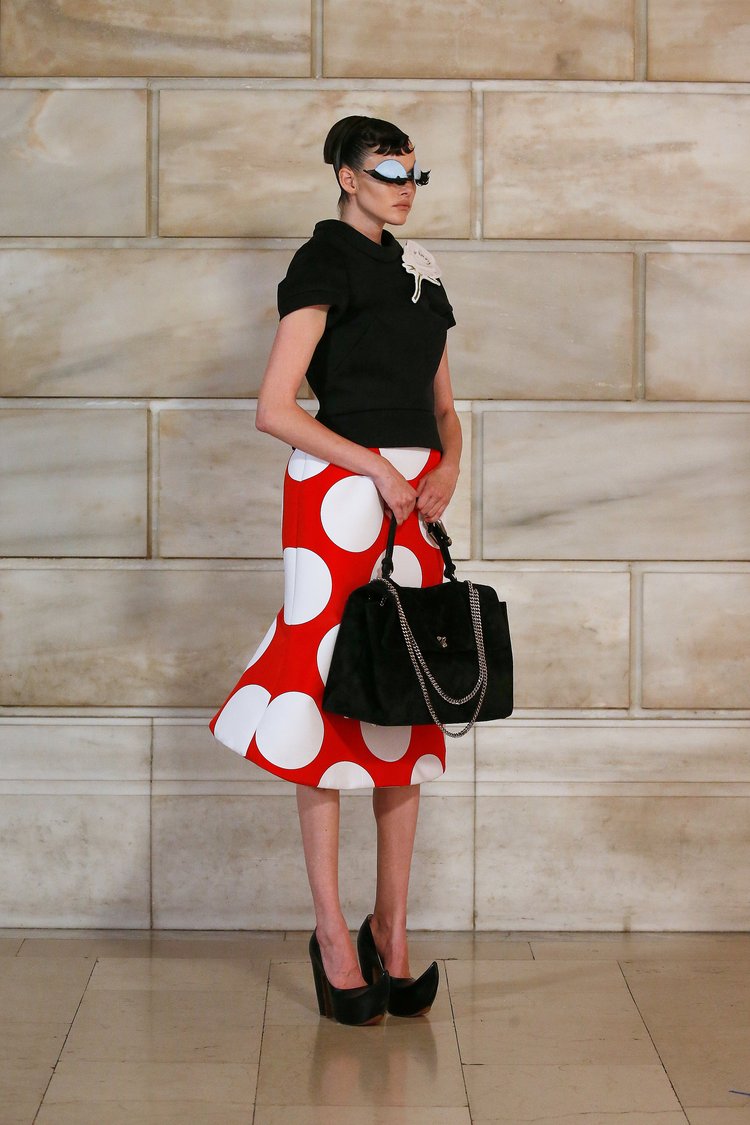
Continuing his evocation of proportion, classicism, and the avant-garde, this season saw a delightful repertoire of conceptual fashion. Oversized sculptural dresses and skirted silhouettes hang off models as if placed by an equally oversized hand throughout the collection. This should come as no surprise following Jacobs’ iconicDoll House show, accompanied by the equally oversized artwork ofRobert Therrienat The Armory last season.
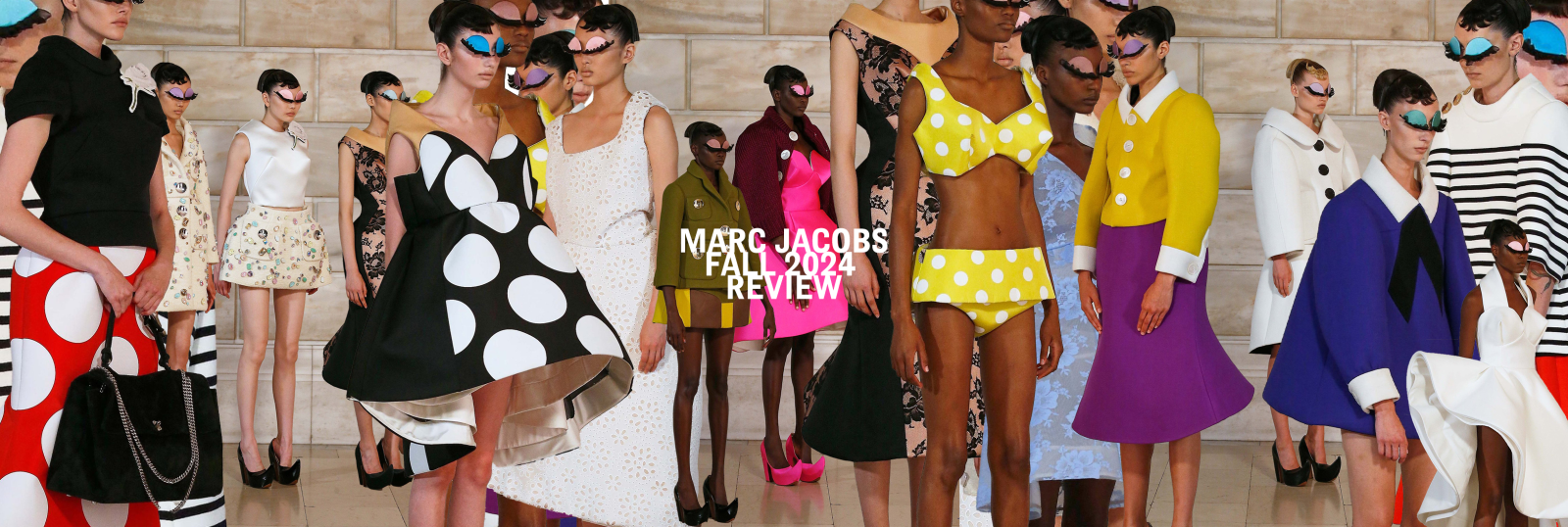
It may seem a strange time in culture for a designer to produce the greatest work of his oeuvre to date, or maybe not. Marc has vision and a way of foreseeing trends before they hit. After all, that’s what made him the king of downtown culture and continues to define him both as a designer and in his personal style. In fact, he recently embarked on aviral nail journey, with some similar bejeweled arrangements making a cameo in the FW24 collection. One thing is certain: Marc is a consistent rule-breaker.
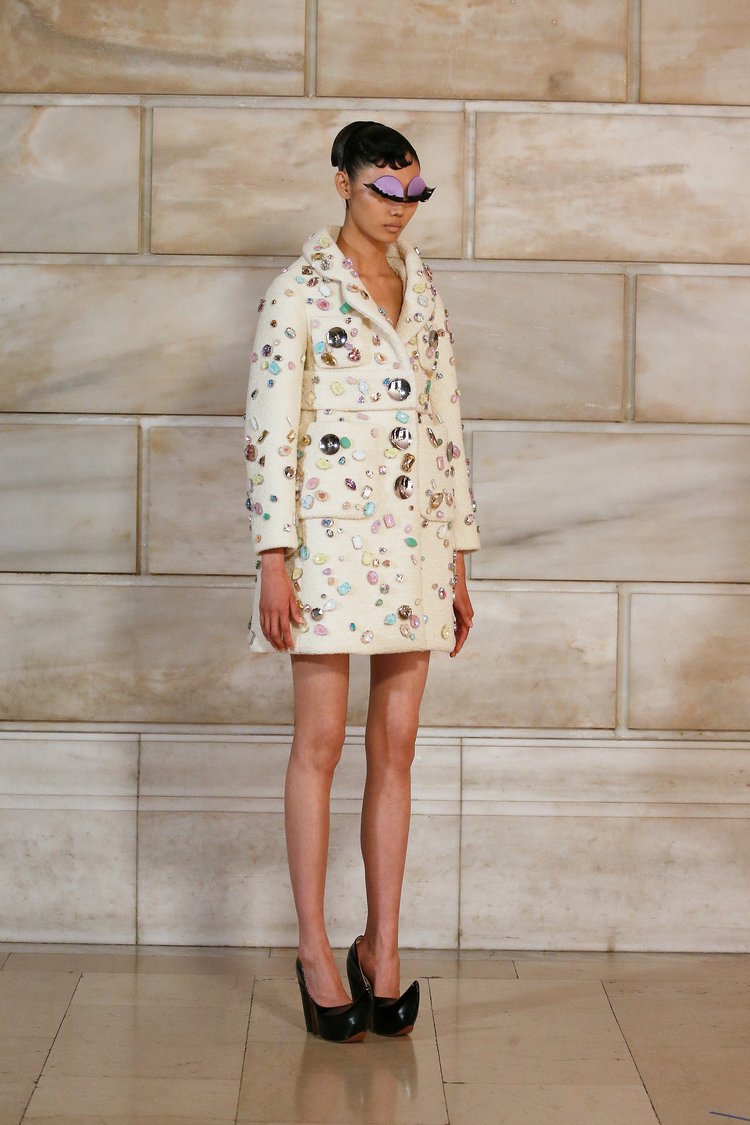
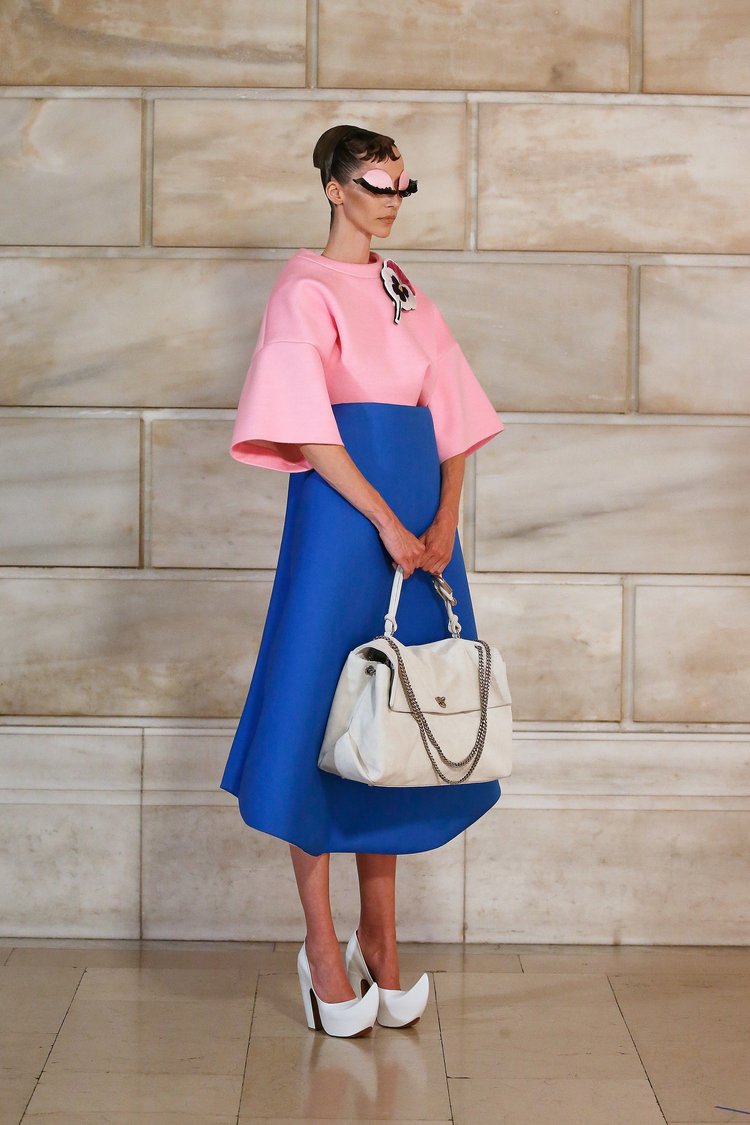
It’s worth noting that some of the best artists achieve their greatest works later in life, though this may be a misconception as many of the greatest talents don’t make it that far. Notably, Jean Dubuffet was in his forties when he started his career and became a leader in visual art through his forward-thinking and controversial “Art Brut” style. Others, like Mark Rothko, are said to have produced their best works in their sixties. Jacobs’ contemporary, Thom Browne, is also fastidiouslypushing the envelopewith arguably some of his best work to date. In any case, these electric and inspired collections make it feel as if Marc Jacobs is just getting started.
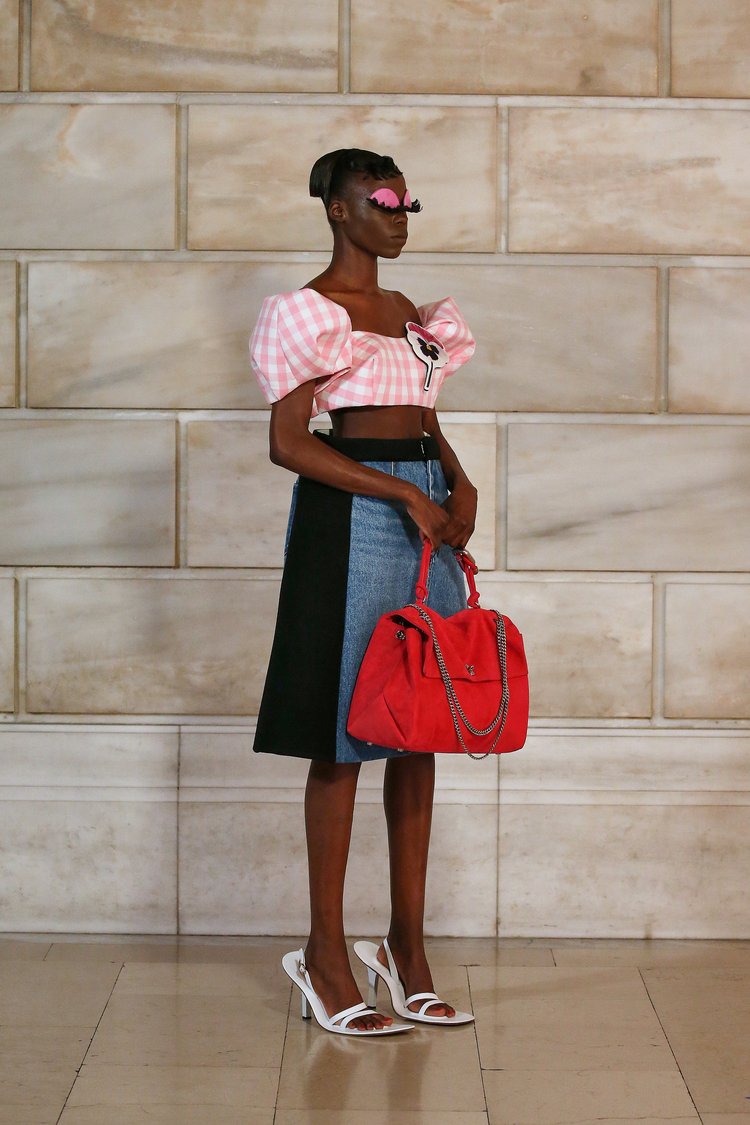
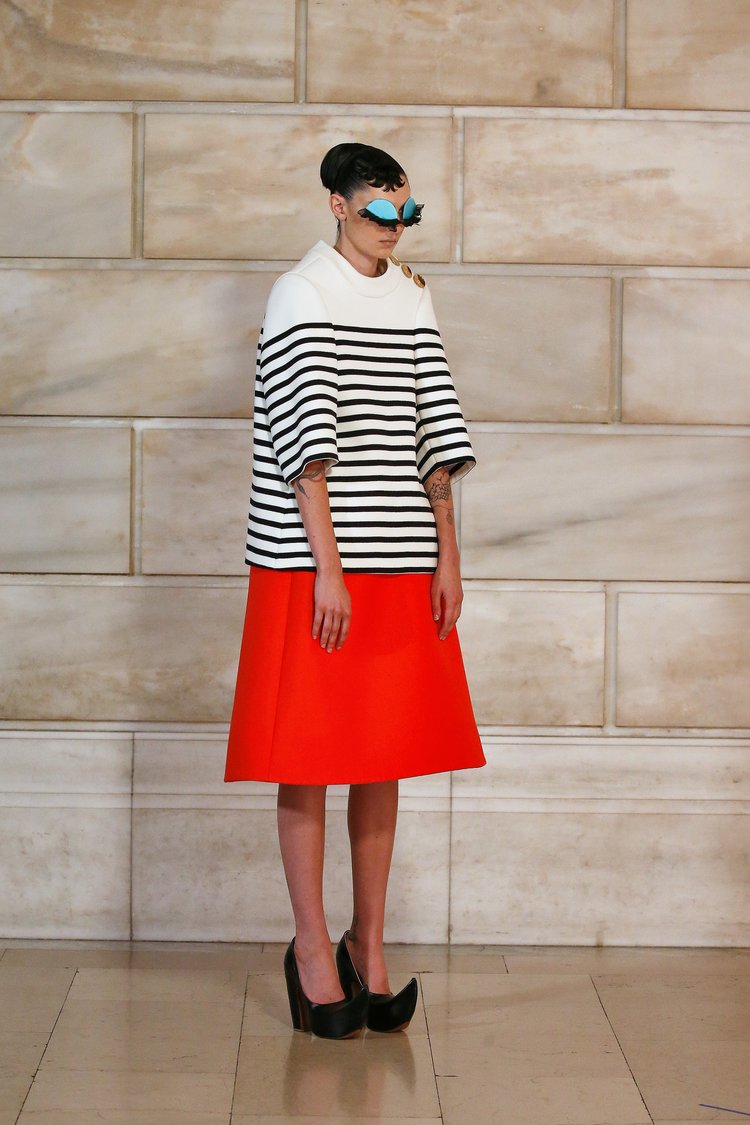
As for why this may be one of the most fashion-historical collections to date; not only from Marc Jacobs but from American designers showing their designs to American sensibilities? Re-read the second paragraph. Marc is using the magnified hand of the designer as commentary on the contemporary state of fashion through his curated arrangements of classics. Classic oversized polka dots come in colors and monochrome—a Jacobs hallmark passed down from the post-war era. A popular trend is blown out of proportion with whimsical 1960s jackets, coats, and shirts—equipped with matching oversized buttons. The models stand uncomfortably, constricted by the clothing, which is over-aggrandized yet rooted in classicism. It’s a collection you can’t look away from even if you tried.
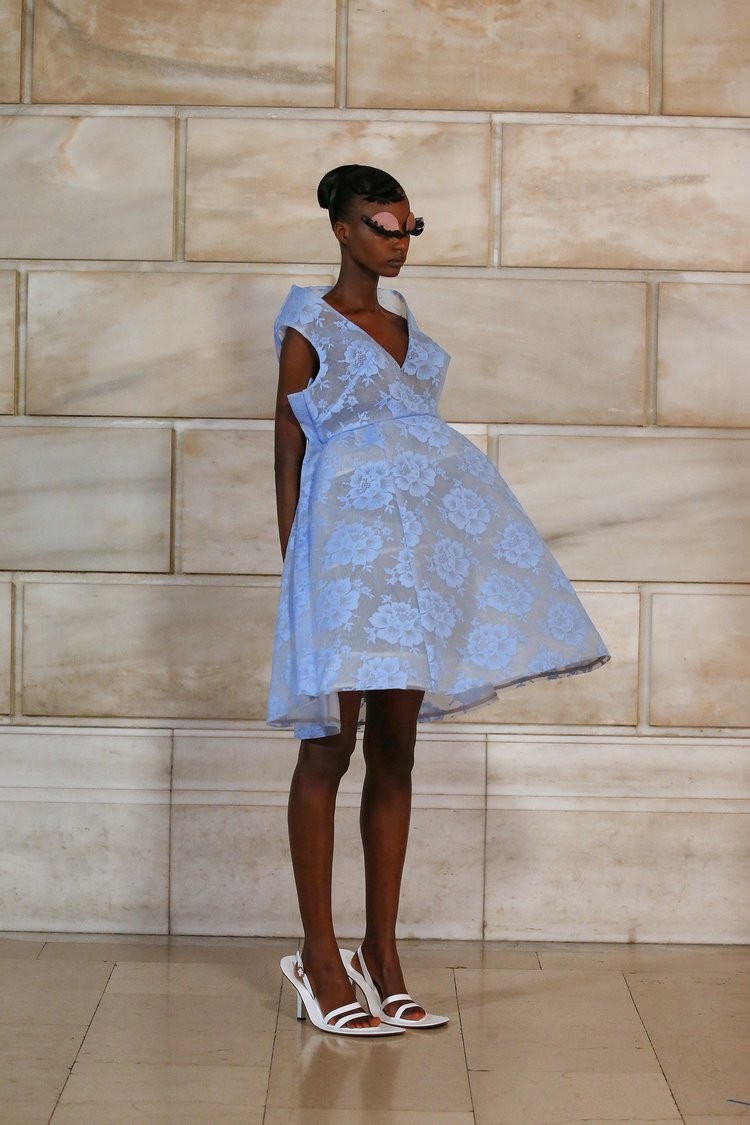

This whimsical look back at the past 70 years in popular American fashion has it all: gingham tops, an egg coat, a Breton sweater, warped pencil skirt, and two instantly iconic footwear designs: upturned retro 1960s pumps and oversized sandals complete the collection. Even denim—perhaps America’s greatest contribution to the fashion world—appears in two tones on an oversized skirt.
The grand finale sees color-blocking give the collection an art pop feel with a classical yet mismatched palette. Three gowns at the close are folded like dolls wrapped in paper clothes—their edges bordered with bold lines like another American popularized medium: the comic strip.
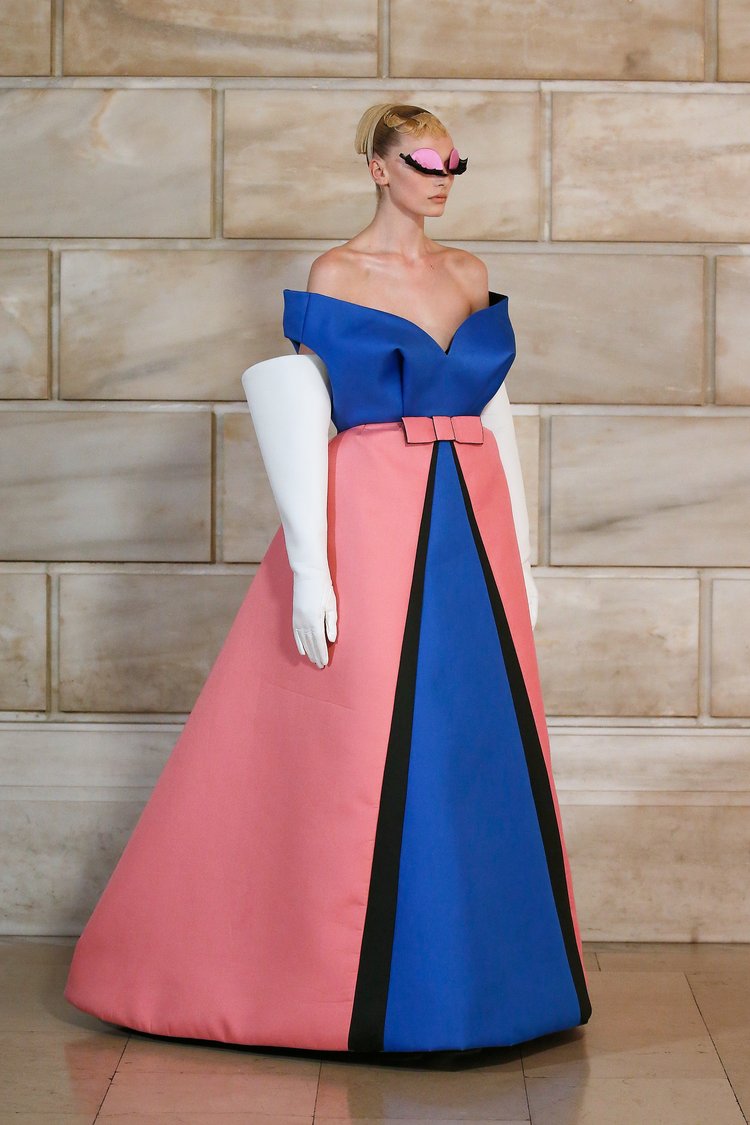
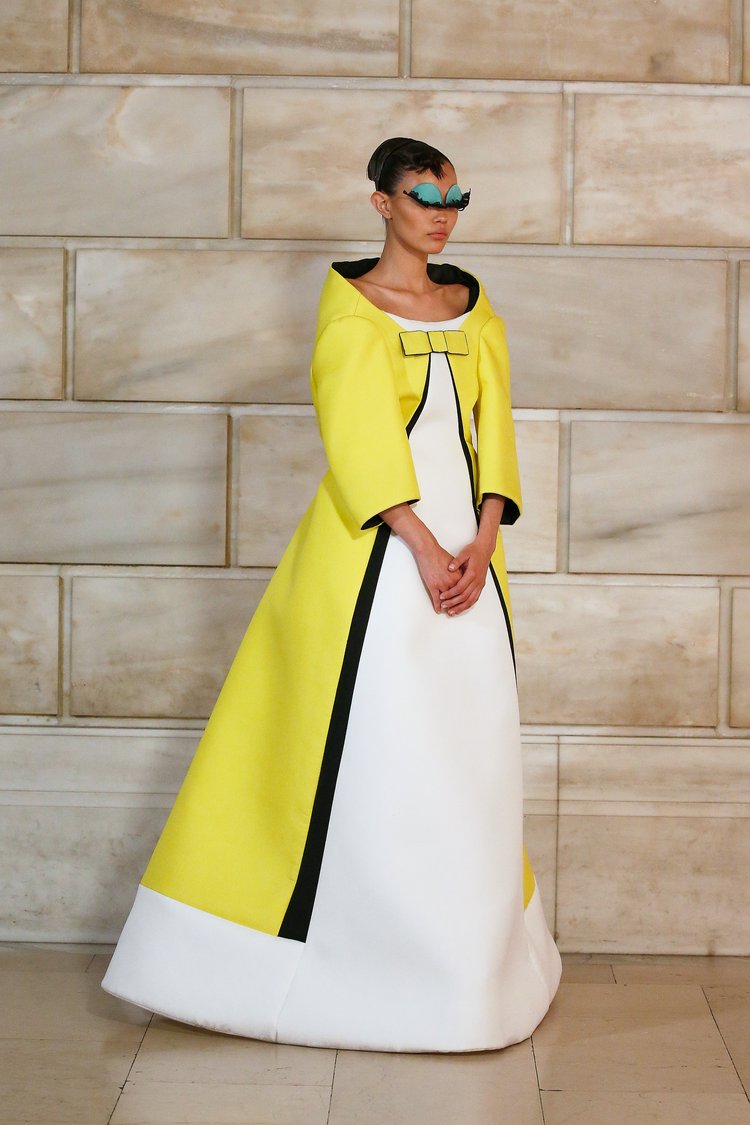

To say the collection is tongue-in-cheek would be to overlook the cultural environment that it lives within and successfully reflects. While some may not find the collection accessible, it is important to consider that it’s also a show that is off-schedule for a reason and draws a specific crowd of fashion insiders who connect with it. Even famed composer Philip Glass, whose music accompanied this show and the previous - who at times was not fully accepted by music critics -applauded the showon Instagram. This goes to show that avant-garde and American fashion remain in good form, with Jacobs leading the way.
Key Contributors
• Shoes: Designed by a team led by Giuseppe Baiardo, Giulia Pagnin, and Marta Twarowska. • Hair: Led by Duffy, including Paddy McDougall and Dale Delaporte. • Styling: Alastair McKimm and team. • Music: Philip Glass and Robert Wilson—“Trial/Prison” from Einstein on the Beach. • Make Up: Diane Kendal. • Nails: Jin Soon Choi.
Collection Mission Statement
“Joy, Period. We use fashion to embrace bold and courageous self-expression to articulate and showcase our inner selves, allowing us to freely explore and display our thoughts, desires, and identities in a deeper pursuit of joy, beauty, and personal transformation.”
“While the future remains unwritten, I am steadfast in my daily practice of choosing love over hate, faith over fear and finding pause in reflection. I believe in living with authenticity - free from validation and permission of absurd conservatism and societal norms.”
